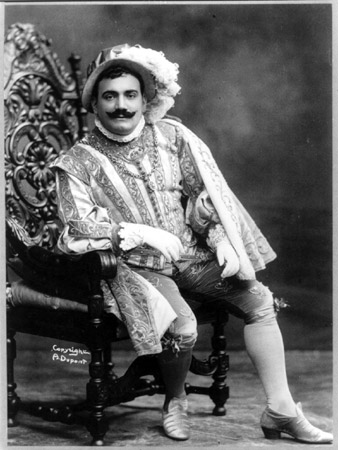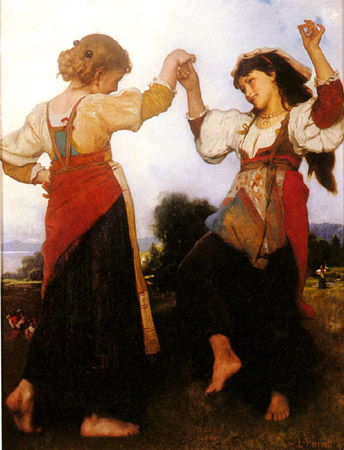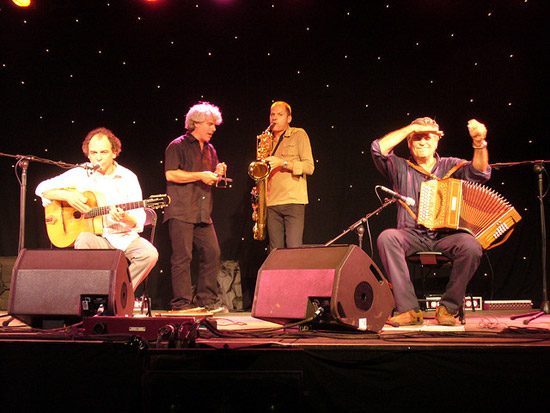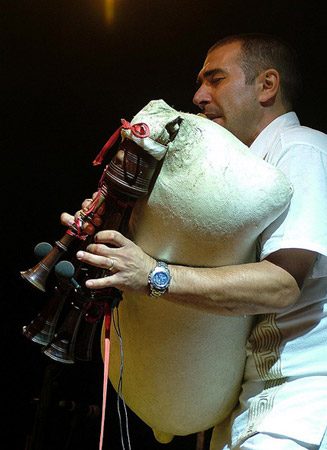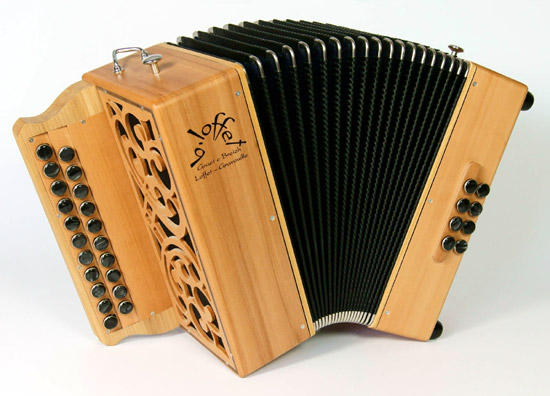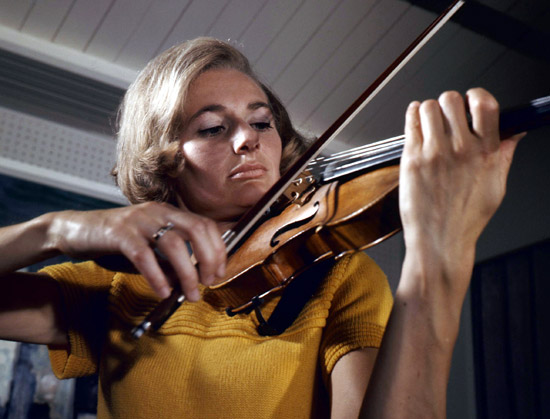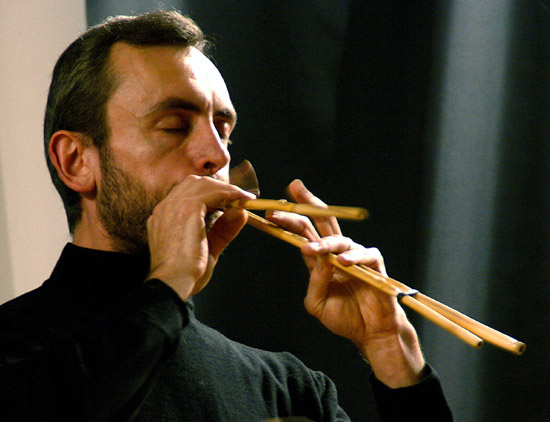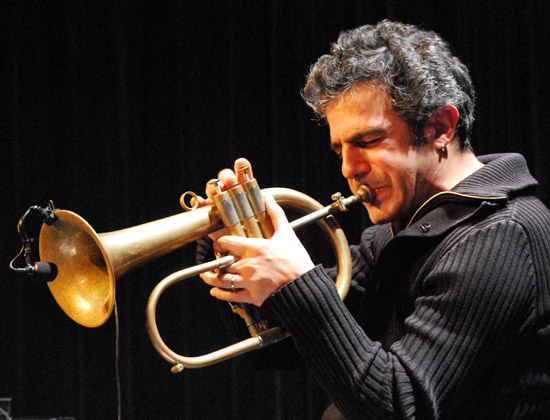Music: Music Overview
With a history of fragmentation and diversity that was not unified until il Risorgimento in the 19th century, Italy, well known for its major role in the development and spread of classical music and opera throughout the world, has evolved under the influence of many cultures throughout the ages.
Though little is known of the music of ancient Rome in comparison to that of ancient Greece, ancient Roman music is believed to have been tied to power, entertainment, propaganda, and the military, being a major aspect of military ceremonies, Roman theatrical productions, religious rituals, and other important occasions. The Roman Empire extended widely into Europe, Africa, and the Middle East, allowing a wider range of musical elements to be introduced to the area that currently comprises Italy.
Italy’s location in Southern Europe and on the Mediterranean Sea has exposed it to the cultures of many other nations. Its proximity to Greece and the rest of the Balkan Peninsula, as well as North Africa, allows for exchange with Arabic, Slavic, and Celtic cultures and has facilitated the migration of Roma people, who reside throughout much of Europe. Because the Persian Empire once reached into the Mediterranean, even the influence of Iranian music can be found in Italy. To this day, global influences add flavor to the incredibly varied musical traditions throughout the country, present in the individual musical scenes of Northern, Central, and Southern Italy and the islands of Sicily and Sardinia.
Article written for World Trade Press by Cam Waller.
Copyright © 1993—2024 World Trade Press. All rights reserved.

 Italy
Italy 